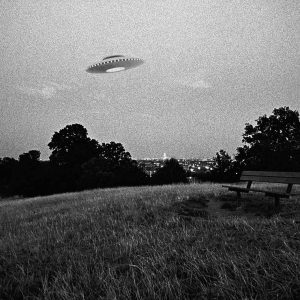
Jupiter, named after the Roman god of joy and wisdom, is the largest planet in the solar system, with a weight of 2.47 times that of all the other planets combined. Located at an average distance of 483 million miles from Earth, this gas giant plays a crucial role in maintaining the balance of masses in the solar system, as well as protecting inner planets from massive asteroids.

However, there is one particular phenomenon on Jupiter that has puzzled researchers for decades: the Great Red Spot. This massive storm, which may have been raging on Jupiter for over 300 years, is a striking anomaly on the planet’s surface.
Jupiter’s surface appears to be a solid structure, but it is actually comprised of gases, clouds, and currents in constant motion. The structures visible to us are clouds of ammonia, which freeze at the extremely low temperatures in Jupiter’s upper atmosphere. The formation of winds and vortices on the planet is likely due to gas streams rising from the interior of Jupiter, from the less dense layers between its core and absolute surface. These flows are deflected and then swirled in the planet’s stable gas layers.
The Great Red Spot is located in Jupiter’s southern equatorial belt, and it is a gigantic weather event or, in other words, a storm. Italian astronomer Giovanni Domenico first discovered and described it in the 17th century. The spot was already visible in 1672, and Cassini drew the spot in Jupiter’s Northern equatorial belt. Cassini and his astronomer colleagues of the 17th to 19th centuries correctly suspected that the spot is a storm.

Today, researchers rule out the suggestion that the spot wandered over the equator of Jupiter because it is a generally valid meteorological rule that storms cannot cross the equator line. Researchers still puzzle over whether the storm dissolved in the Northern Hemisphere and formed again south of the Equator or whether a small technical detail was simply to blame for the observation differences.

Juno, a probe that flew to Jupiter again in 2011, has been observing the gas giant at close range since 2016, providing impressive new data and images about the Great Red Spot. In 2017, Juno flew over the Great Red Spot for the first time at a distance of just under 5,000 miles. The spacecraft took several images and used a microwave radiometer to determine the structure of the storm.

For us earthlings, it is truly difficult to imagine a storm of superlatives that has a diameter of almost 10,000 miles, has been raging for more than 300 years, and constantly reaches wind speeds of over 420 miles per hour. The highest wind speed ever recorded on Earth was 253.8 miles per hour, reached on April 4th, 1996, by Cyclone Olivia on the Australian island of Barrow.

The Great Red Spot is an anticyclone with high central pressure, unlike tropical storms like Cyclones or hurricanes with a funnel and a center of atmospheric low pressure here on Earth. On Earth, winter anticyclones and tropical cyclones are weather extremes, lasting a few days and then giving way to sunshine and blue skies again, especially in tropical areas. On Jupiter, however, the extreme wind forces are permanent, and the masses of gases that are whirled around inside the red spot are much colder than the surrounding area.

In conclusion, Jupiter is a fascinating planet that is important in our solar system for several reasons, one of which is its role in protecting inner planets from massive asteroids. However, the Great Red Spot is a mysterious phenomenon that has puzzled researchers for centuries. Juno’s observations provide new insights into the structure of the storm.





